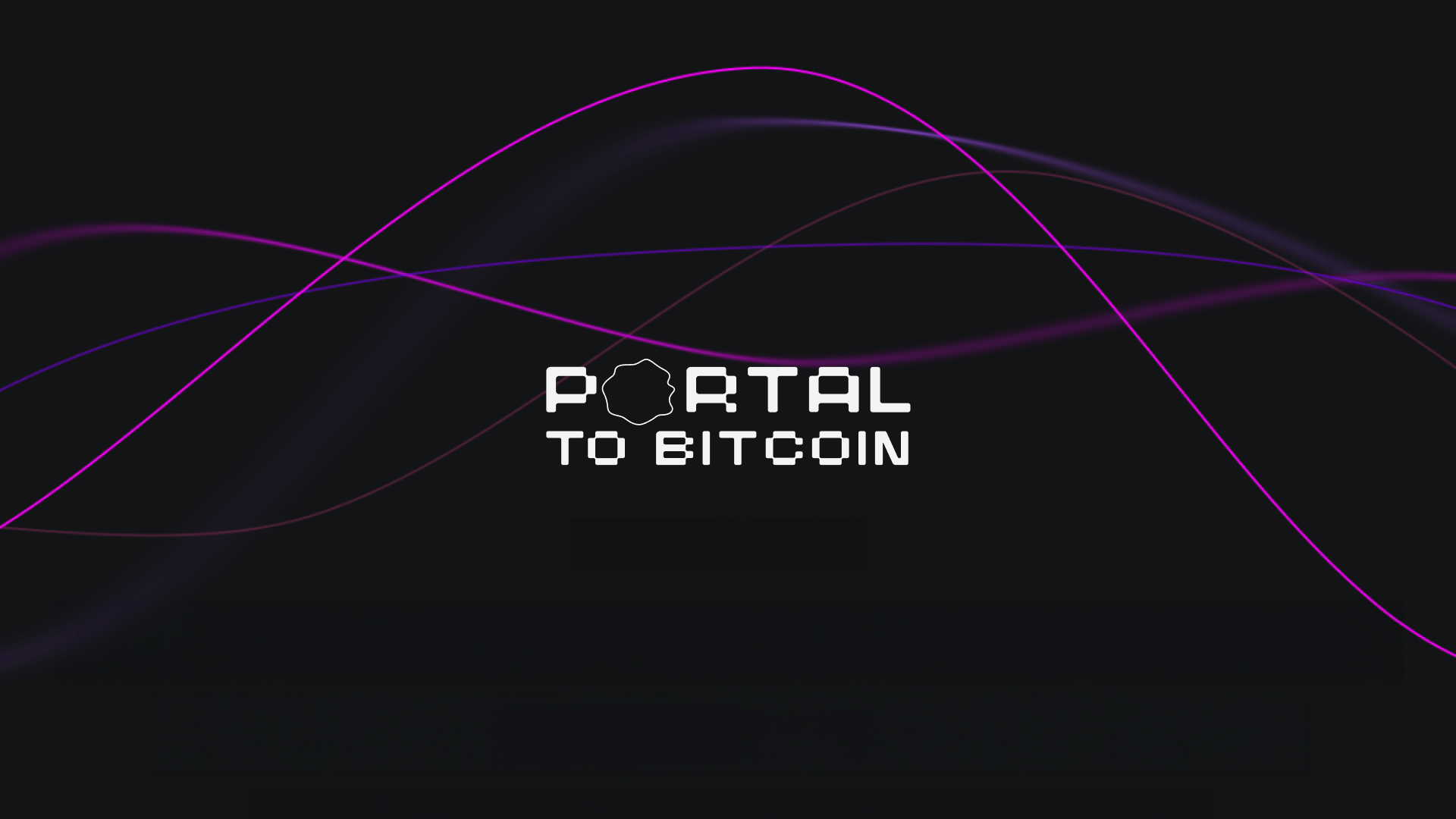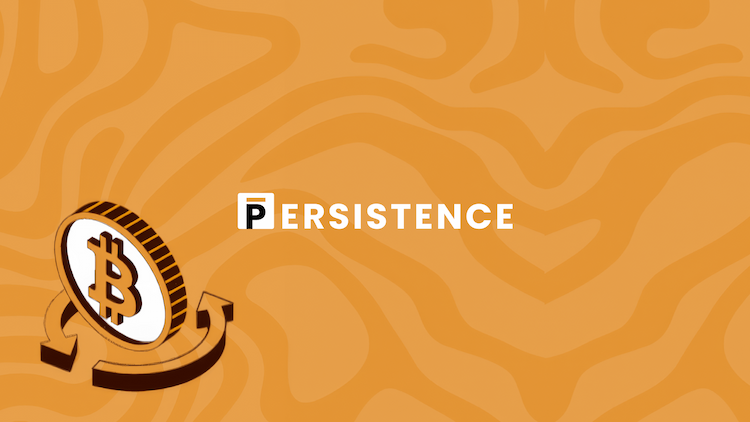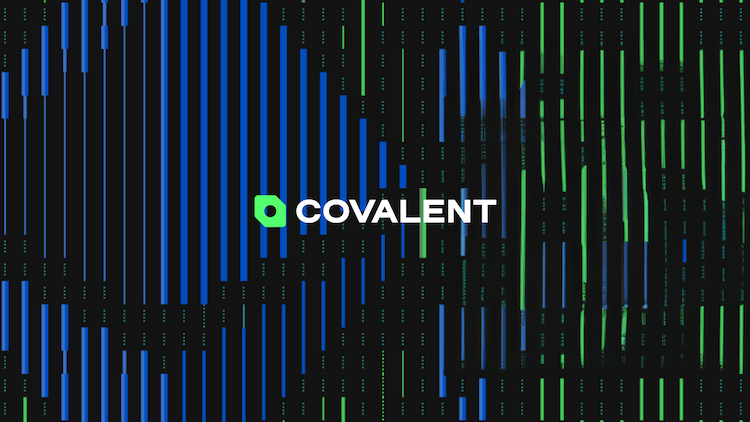
In today’s Web3 landscape, cross-chain interoperability has become a critical focus for nearly every startup. This need has grown even more urgent following Bitcoin’s recent milestone of surpassing the $100K mark, amplifying the importance of addressing its interoperability and scalability challenges. While Bitcoin is widely acknowledged as a premier digital store of value, its broader utility remains a point of concern for Bitcoin maximalists and developers alike.
Many Bitcoin users still depend on custodial services for trading, lending, and staking, which introduces significant custody risks and privacy concerns. These limitations have hindered the growth of Bitcoin’s ecosystem, particularly in the DeFi sector, leaving it lagging behind the innovative solutions emerging within the Ethereum and Solana ecosystems.
Portal to Bitcoin is a project dedicated to addressing these challenges. It offers a unique Truly Custody Less Cross-Chain protocol, enabling native Bitcoin swaps across blockchains without relying on wrapped assets, multisignature vaults, or custodial bridges. Through its robust infrastructure, including Portal OS and Bitscaler, the project aims to enhance Bitcoin’s scalability and utility without necessitating changes to Bitcoin’s Opcodes. This approach not only fosters broader integration of cryptocurrencies into everyday use cases but also sets the stage for onboarding the next billion users into Bitcoin and the broader crypto ecosystem.

This month’s review dives into Portal, highlighting its recent Aurelia testnet launch, an overview of its products, insights into the team, fundraising details, and more. The review concludes with an in-depth analysis of the project, examining its strengths and identifying potential challenges.
What is Portal: Infrastructure and Products
Portal is developing a custody-less cross-chain infrastructure for Bitcoin, addressing the security risks often associated with traditional solutions like centralized exchanges, bridges, and multi-sig custody. By mitigating these risks, Portal aims to expand Bitcoin’s role in DeFi, attract significant capital from Bitcoin whales, and engage traditional financial institutions. Its infrastructure is designed for seamless integration with major blockchains, including Ethereum, Solana, and Bitcoin’s Layer 2 networks, creating a highly interoperable and accessible ecosystem.
Portal to Bitcoin’s core goals and vision include:
- Decentralization
- Hyperbitcoinization
- Cross-Chain and Cross-Layer Capabilities
- Utility-Focused Products
- Seamless Composability
- Sustainable Value Capture
To achieve these objectives, the team has developed two essential infrastructure components: Portal OS and Bitscaler. These serve as the foundation for products like the Portal Wallet, DEX, Liquidity Router, and Swap SDK. Together, these innovations aim to unlock Bitcoin’s full potential and drive its adoption across the crypto ecosystem.

Overview of Portal’s Infrastructure and Flagship Products
Bitscaler
Launched in August 2024, Bitscaler is a groundbreaking infrastructure solution designed to enhance Bitcoin’s scalability and utility without requiring core upgrades or new opcodes. It employs multi-party channels, known as channel factories, enabling thousands of participants to transact with each other and create complex contracts while maintaining a minimal on-chain footprint and full self-custody. This innovation is often regarded as the “holy grail” of Bitcoin scaling, preserving the decentralized ethos of Bitcoin.
Bitscaler also introduces delegated noncustodial transaction signing, a key feature that powers the first custodianless and bridgeless cross-chain AMM built on Bitcoin. By allowing a single on-chain transaction to open and close multiple channels, Bitscaler significantly reduces transaction fees, increases throughput, and overcomes traditional blockchain scaling limitations. This framework considers Bitcoin a more viable option for DeFi applications, broadening its utility.
Products Built on Bitscaler
Portal has leveraged the Bitscaler framework to develop a range of innovative products, each designed to maximize Bitcoin’s potential and advance its role in the crypto ecosystem.

Liquidity Router: The Liquidity Router is a cornerstone of Portal’s decentralized automated market maker (AMM) protocol. It simplifies the integration of Portal’s infrastructure with other Layer 1 and Layer 2 networks, minimizing engineering and implementation complexities. This enables seamless cross-chain interoperability across ecosystems.
Swap SDK: Portal’s Swap SDK offers developers a robust set of tools to interact with the Portal DEX, digital wallets, and broader crypto-asset management systems. It provides intuitive interfaces to facilitate efficient crypto-asset swaps and streamline integration with the Portal ecosystem.
Portal Wallet: The Portal Wallet is a user-friendly, secure multicurrency wallet with a built-in DEX, supporting over 3,000 tokens across Bitcoin, Ethereum, and soon Solana, among others. Available on desktop and mobile platforms, it empowers users to:
- Automate asset management with customizable rules.
- Conduct seamless peer-to-peer and AMM-based asset swaps.
- Leverage AI agents to monitor asset performance and detect trading trends.
- Provide liquidity to the multi-chain automated dynamic market maker.
Liquidity Management Process:
- Add Liquidity: Providers deposit assets, create an account on the Portal Notary Chain, and request a Deposit Address for funds.
- Manage Liquidity: Liquidity providers maintain balances to enable Range and Limit Orders for efficient trading.
- Withdraw Liquidity: Providers specify a destination address for withdrawals, with validators ensuring smooth transaction execution.
Additionally, the Portal Wallet supports Lightning Network transactions, enabling quick and secure payments without requiring users to operate their own Lightning node.

PortalOS
The Portal network operates through a robust framework of PortalOS nodes, which execute network-level protocols and achieve consensus on swap execution in a fully trustless environment. Validators within the network are required to run PortalOS, forming a distributed network of watchtowers. This framework integrates major supported network nodes, a Coordinator to manage message transmission between full nodes, and a Notary Chain to securely record all swap data.
At its core, PortalOS enables seamless multi-blockchain interoperability. It supports fast Layer 3 (L3) atomic swaps between assets owned by untrusting parties on different blockchains. This functionality powers customized automated market makers (AMMs) for individual blockchains, leveraging smart contracts on EVM-compatible chains and a secure multi-party hash time-locked contract (HTLC) for Bitcoin.
The system is modular and highly efficient, designed to support all Layer 1 and Layer 2 protocols. It also integrates seamlessly with critical components such as the Portal Liquidity Router and Portal Coordinator, enabling scalable, interoperable, and trustless crypto transactions across diverse ecosystems.
Launches: Aurelia Testnet
The Portal team introduced an innovative testnet model during the six-week Aurelia Testnet initiative, rewarding active participants with LiteNodes instead of conducting a typical token airdrop. LiteNodes are vital in decentralizing the Portal Network by handling basic data validation and availability. Participants had the opportunity to earn up to seven LiteNodes during the testnet—one per week, with additional rewards available through leaderboard performance. LiteNodes receive 5% of all block emissions throughout the Portal network’s emission schedule.
Learn more: ➡️ here
A total of 21,000 LiteNodes will be distributed, offering participants a unique and innovative way to engage with the network. During the private phase of the Aurelia Testnet, it achieved over 1.9 million transactions and 150,000 downloads within the first two weeks, paving the way for a successful public launch on December 10, 2024.

Token Economy: Portal Token
The Portal Token is the native utility token of the Portal Network, built on the Ethereum blockchain as an ERC-20 token. Its primary users are network validators, who utilize the token by transferring it to their accounts on the Notary Chain. This is facilitated through the Crossway Smart Contract on Ethereum, enabling validators to maintain balances for participation in auctions and other network activities.
Token Supply and Allocation:
The total supply of Portal Tokens is 8.4 billion, distributed as follows:
- 1 billion tokens are reserved for the community through the Portal Foundation
- 2.5 billion for investors, advisors, and the team
- 3.9 billion for emissions.
These emissions will be distributed over ten years, with 5% specifically set aside for LiteNodes. This portion is uniquely available during the Aurelia Public Testnet campaign.
Team
Portal was co-founded by Dr. Chandra Duggirala (CEO), George Burke (Business Development), and Manoj Duggirala (CTO) with the mission of driving the adoption of hyperbitcoinization.
With over a decade of involvement in the Bitcoin ecosystem, the founding team has an impressive track record of pioneering Bitcoin innovations, including ZK Swaps, the first Bitcoin debit card, and the first Bitcoin Automated Market Maker. Since its inception, Portal has expanded into a team of over 30 members, bringing expertise from leading companies such as NVIDIA, Polkadot, and others.
Fundraising
In January 2024, Portal secured $34M in seed funding from prominent investors, including Coinbase Ventures, Arrington Capital, OKX Ventures, and Gate.io, alongside other notable fintech and crypto backers. This followed an earlier $8.5M angel round in 2021.
The team announced plans to use the funding to develop further its flagship products, Portal DEX and Portal Wallet, and to integrate its AI agent, RAFA.AI, into Portal DEX. RAFA.AI will enhance the platform with features such as automated liquidity routing, portfolio rebalancing, and momentum strategy execution, among other advanced functionalities.
What’s Next for Portal
In the months ahead, the Portal team is preparing for several key milestones:
• Mainnet Launch: The official rollout of the Portal Mainnet.
• Expanding Liquidity Router Integration: Increasing adoption of the Liquidity Router across Layer 1 and Layer 2 networks beyond Bitcoin’s Layer 2 ecosystem.
• Swap SDK Adoption: Driving rapid integration of the Swap SDK into dApps, wallets, and decentralized exchanges (DEX).
• New DeFi Products: Introducing innovative DeFi solutions, including perpetual contracts (Perps) and Web2 in-app asset swaps.
These initiatives aim to enhance Portal’s ecosystem and solidify its position as a leader in custody-less cross-chain infrastructure.
Learn more about Portal
🌐 Official website: portaltobitcoin.com/
🐦 Official Twitter: x.com/portaltobitcoin
🕹️ Discord channel: discord.com/invite/portaltobitcoin
📖 Telegram: t.me/portalgroupchat
✍️ Blog: medium.com/@Portal_team
🤝 LinkedIn: linkedin.com/company/portal-crypto/
Related Project Reviews

Persistence: Revolutionizing Bitcoin Interoperability
In this project review, we focus on Persistence’s role in bridging real-world assets and decentralized finance through innovative solutions like liquid staking (pSTAKE), interoperable infrastructure, and a sustainable economic model powered by its native token, XPRT.
Dec 17, 2024


